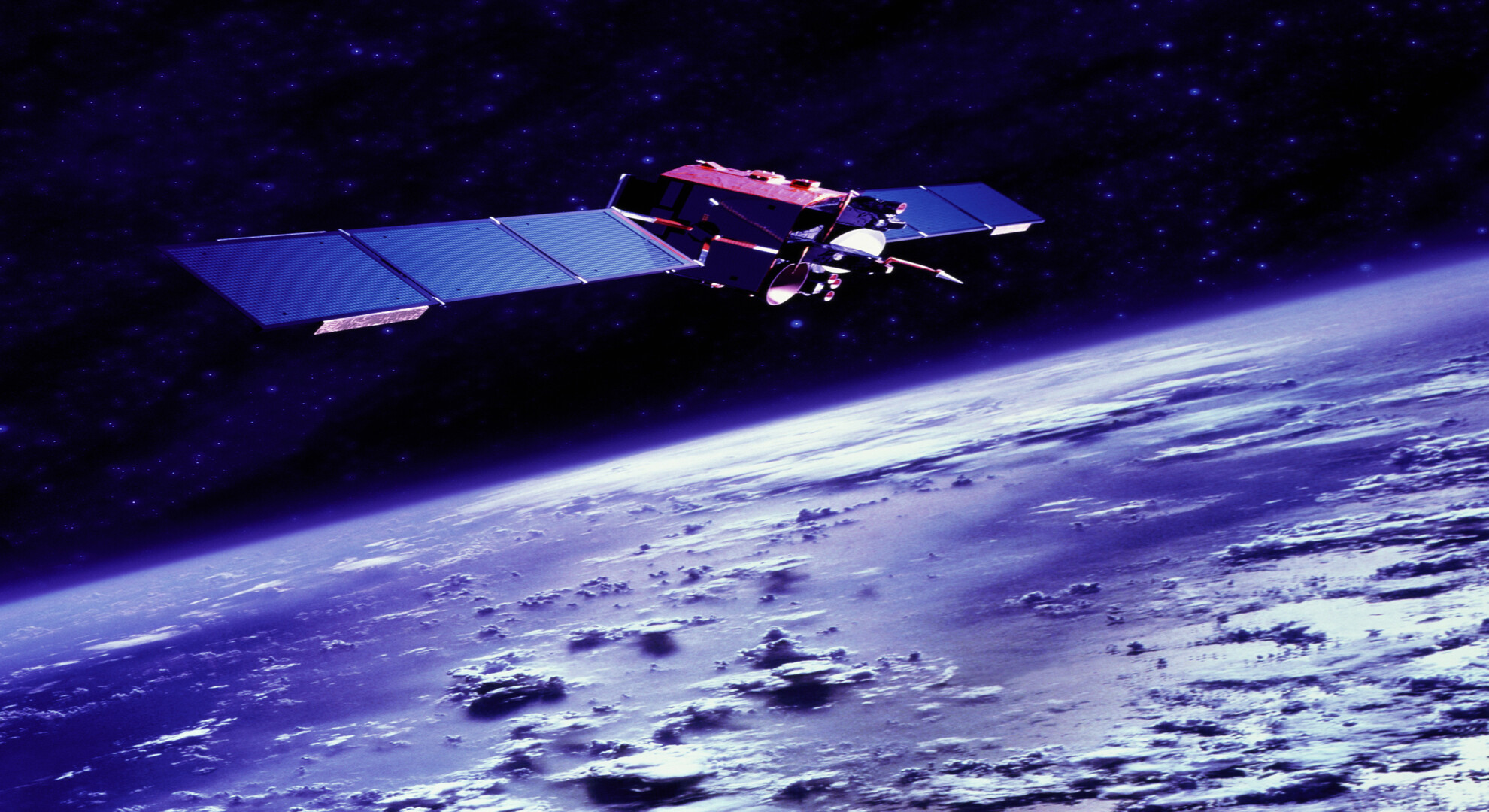
28 Jun Significant milestones in the history of satellite telecommunications
Thanks to the technological advances of the last forty years or so, we’re living in a highly connected society. But optical fibre cables – one of the fundamental pillars of recent technological development – aren’t exactly very “visible” to ordinary folk, which means they enjoy all the benefits of connectivity, without necessarily being fully aware of the physical infrastructure that makes it possible.
And if that’s the case with fibre optic technology, you can only imagine how appreciated other telecommunications services are, like satellites. And that’s despite the fact that satellite communication has been the protagonist of some truly monumental achievements in the technological and telecommunications history of the 20th and 21st centuries.
First steps in satellite communications: the Cold War
The first moves towards satellite telecommunications services really came about in the middle of the last century. At the time, the world’s leading superpowers – the United States and the USSR – were engaged in an arms race, where nuclear-capable ballistic missiles and the space race were at the very heart of foreign policy, military development and scientific research in both countries.
The launch of Sputnik 1 by the Soviet Union in 1957 was the first real successful satellite development. Although the satellite only emitted simple radio signals, its orbit proved that communication using satellites was indeed possible. However, it wasn’t until the US Telstar 1 satellite was launched in 1962 that the first transmission of a complex signal took place, a live television broadcast between the United States and Europe, which showed the potential of satellites for long-distance data transmission.
The universalisation of satellite telecommunications systems: TV and telephones
It was the mass potential of media, i.e. television, that allowed satellite telecommunications systems to really come into their own and become familiar to so many in just a few decades. In 1964, Americans were able to watch the Tokyo Olympic Games live in the United States thanks to the Syncom 3 satellite. This, which might have felt like only a technological gimmick at the time, became increasingly familiar, especially from the 1980s onwards. In American households – closely followed by others around the world – more and more channels, programmes and more exotic content suddenly became available, either because of their countries of origin, or because of the variety of channels that quickly emerged, thanks to the possibilities offered by satellite connectivity to reach much larger audiences that were often much further away.
Even though it came a little later than television – around the 1970s – satellite telephony had a high penetration capacity, which immediately drove investment and the development of much more affordable equipment. And not just in terms of the satellites themselves, but also household phones. In a few years, from impractical and almost menacing hulks, phones became much more manageable and practical, which made telephone communications possible on a global scale in real time, thanks to satellite telecommunications services.
Modern satellites: satellite Internet and 5G
In parallel with the development of optical fibre, the global expansion of the Internet led to the improvement and definitive emergence of satellite telecommunications services. The first satellite Internet services were mainly targeted at rural and remote regions that didn’t have access to the terrestrial broadband enjoyed by people in towns and cities. Today, projects like SpaceX’s Starlink and OneWeb are revolutionising global Internet access.
The latest innovation in the field of satellite telecommunications is integration with 5G technology. 5G satellites promise to significantly improve global connectivity by offering high data speeds, low latency and increased transmission capacities. This kind of integration will allow uniform connectivity in urban and rural areas alike, while improving critical applications, such as the Internet of Things (IoT), autonomous vehicles and emergency communications.

